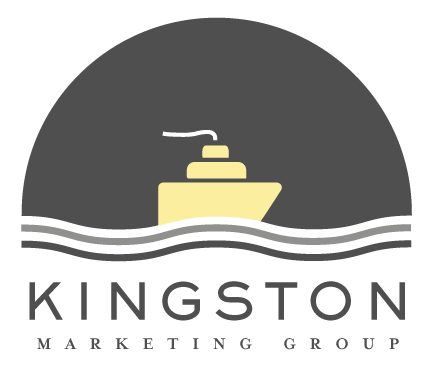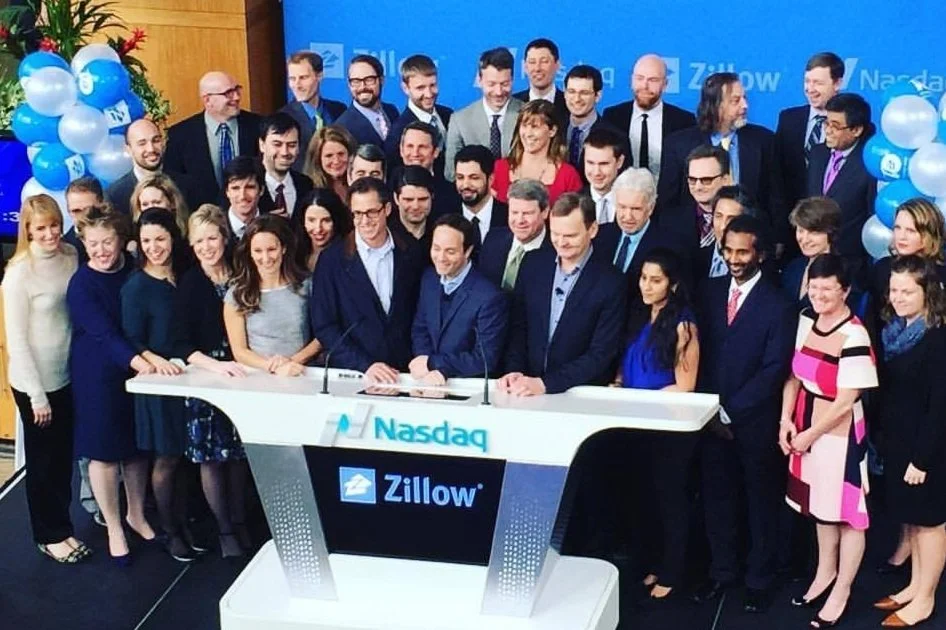How to succeed at data storytelling
By Katie Curnutte, KMG Co-Founder & Partner
At KMG, one of the most frequent requests we hear is to do what many of us did at Zillow: How can I turn my brand into a thought leadership powerhouse.
Lots of times, company leaders know they are generating data that could be interesting to consumers or other audiences. They want to leverage it, but they often don’t know where to start. Their internal team might be maxed out, or doesn’t have the expertise.
Data storytelling is a great strategy from many angles. Establishing recognition of a company’s expertise in their field can accelerate its growth; shorten sales cycles; aid in government and investor relations; and even inform product development. From a macro perspective, companies today play an important role in helping policymakers, academics and investors understand industries and markets in ways they can’t from publicly collected data. Take our client Indeed, whose data Fed Chair Jerome Powell recently used in his Jackson Hole speech when talking about wage growth — a big factor in the Fed’s interest rate decisions.
Creating a data storytelling function can also be a lot of fun (I think so, at least!), and help smaller companies punch above their weight class. I’ve learned a lot about how to do it right during my time at Zillow. Since then, KMG has driven the creation of indices, like VTS’s Office Demand Index, which has become a go-to index for the commercial real estate industry. And we’ve created survey programs like Syndio’s that routinely measure workplace equity through lenses like caregivers; experiences at work, or how the pandemic prompted so many women to consider giving up their jobs. In their case, survey data gave us a way to get a small SaaS company on the radar of top-tier journalists. It also gave us fodder for webinars and owned channels.
For leaders and marketers out there who have their eye on using their data to drive thought leadership, the most important thing is to make sure you have data — or at least that you can generate a unique and provocative POV around existing, third-party data.
Beyond that, here are a few of my learnings:
Data storytelling can’t be done by a storyteller alone. Yes, telling stories with data is a real specialization. It’s not every writer or comms professional who can accurately turn numbers on a spreadsheet into a compelling story. In every truly successful data storytelling engagement I’ve been a part of, we’ve had a committed partner to pull and analyze data, bring us unique observations and collaborate as we turn the numbers into a story.
At Zillow — even at the very beginning of our data storytelling journey, when we had only 100 employees — I had a data analysis counterpart. At least part of that person’s job was to be my partner in data storytelling, help conceive of original reports and, most importantly, ensure we were reporting on the data accurately.
At bigger companies, like Indeed, there are whole departments dedicated to economic research. But most of our clients are in the “early Zillow” bucket. They’re smaller, without huge budgets. So how can you ensure the proper resources?
Often, companies will mandate that part of an existing data analyst’s position be dedicated to data storytelling (how much time will depend on the plan). In this case, it’s important for everyone from the CEO to that analyst’s immediate supervisor to understand this, and share an ongoing commitment to data storytelling.
Sometimes we also work with outside economists who are consultants. Issi Romem, former Trulia chief economist, and his company MetroSight are one of our favorite collaborators. Issi and team — or a similar type of firm — can fill a critical role when there is nobody in-house to analyze and report on the data. They collaborate with the storytellers (like the KMG team) to figure out what will be newsworthy, understandable and impactful, and consult along the way as we create materials to communicate the data.
You need data that can tell an interesting story. You don’t always need your own unique data for storytelling, but it’s often preferred. Surveys can work, but the real thought leadership / magic happens when you can create your own report that uses data and insights no one else has — reporters are more likely to want to interview you for commentary on your data (because no one else can speak to it) and they’ll come back to you for update numbers later on. The tricky part is that analyzing your own data or creating an index takes time, but doing the leg work and doing it right can create a news engine that keeps on giving. The inputs of unique data reports aren’t always internal — sometimes a company can do analysis of third-party data. Some of the most interesting and successful reports I worked on at Zillow were analyses of publicly available data, but we had the spokespeople and expertise to create an interesting POV.
Leadership needs to be involved — especially for smaller companies. Leaders of fast-growing companies are busy. We get that. But any thought leadership program — data-centric or not — needs the thoughts of a company’s C-suites. This is often the way your brand is introduced to reporters and consumers, so you want to ensure your leaders are aware, bought in and reinforcing the story.
Leaders are also important for informing the story. They often have the best grasp of the big picture. They see what’s happening in their industry and they are talking to other leaders. More often than not, they are the spokesperson — the face of their company and the data it is producing.
I’ve seen lots of ways CEOs, COOs and others are effectively involved in a data storytelling program. Some CEOs will send a text or a voice memo when they have an idea. Some love to be in weekly meetings. Some prefer a quarterly brainstorm.
All of that is totally fine, as long as the commitment is there and they can remain on the lookout for trends and ideas.
For a leader whose time is simply too limited, it’s important that whoever is overseeing thought leadership and data storytelling be close to the fire. To be a proxy for leadership, this person needs to be attending investor meetings (even if they don’t speak), leadership meetings and to have a close relationship with the leadership team.
Be patient. At KMG, we always say, “PR is a garden. You can’t go from planting seeds to harvesting fruit overnight.”
Same for data storytelling (which is not JUST for PR, but I’ll save that for a future piece). It takes time to understand the data at your disposal, establish a working relationship between the analysts and storytellers, and experiment to figure out what works. You might think something is interesting, only to find out it falls flat when presented to journalists and to your audience via social media.
Embarking on a data storytelling program isn’t for you if you need results overnight — say, you need to grow traffic ahead of a fundraise. But if you’re looking to create a credible and long-lasting brand, and you’re ready to commit the resources, data storytelling is a great way to leverage your expertise.

